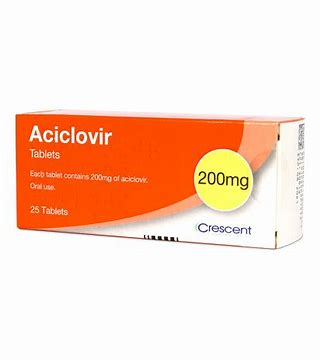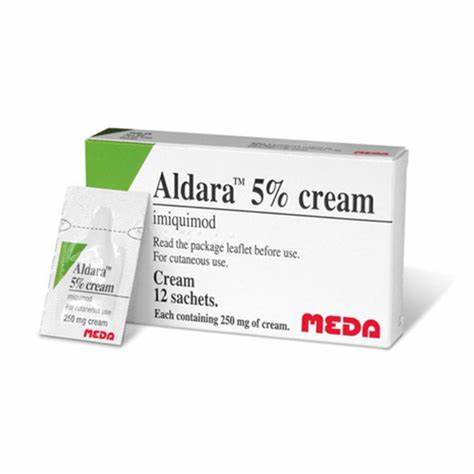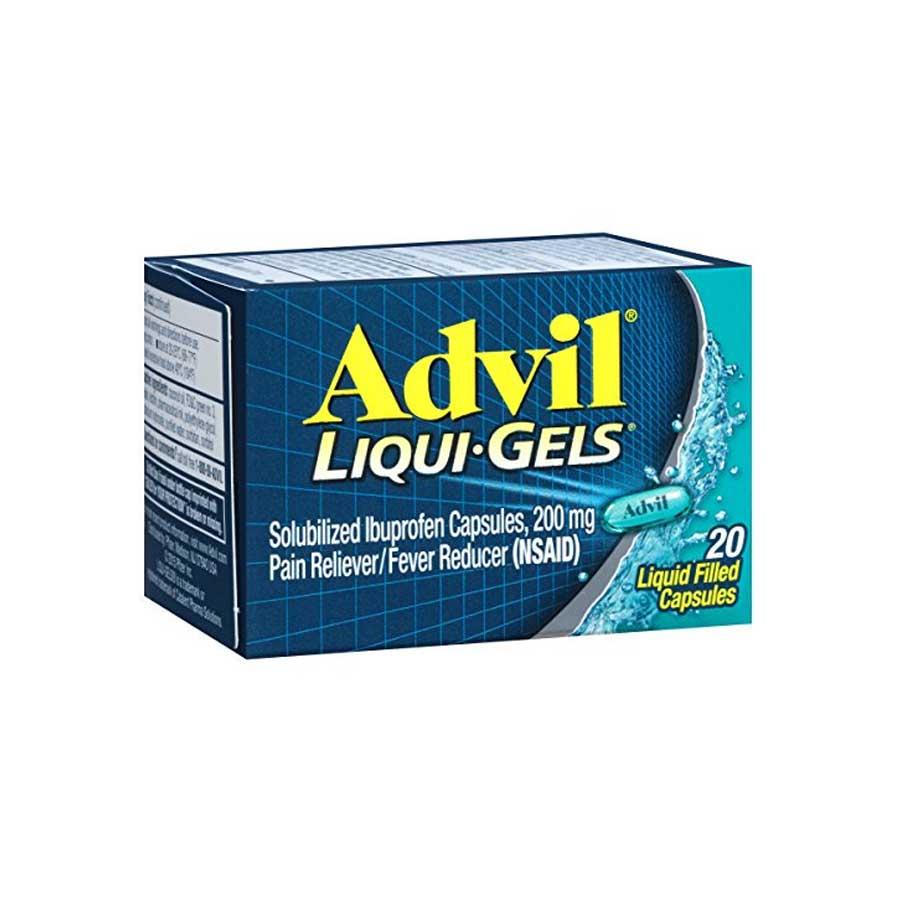Blisters on Your Private Parts 7 Causes of Genital Sores
Written by Prof. Sarai McKenzie MD | Reviewed by Uche Ruth
Updated on June 16, 2024
Key Takeaways:
- It’s not unusual to notice sores around the vulva and vagina, such as rashes, scratches, blisters, or lumps.
- Common causes of genital sores are infections, skin growths, skin conditions, and injury.
- Some infections that cause genital sores are sexually transmitted. This means you can pass them on to sexual partners if you don’t get treatment.
- If you notice a new sore on your private parts that doesn’t go away, it’s best to see a medical professional. They’ll help make a diagnosis and get you the right treatment.
Table of Contents
Overview
It’s not uncommon to discover a bump, lump, or sore in your private parts. And, that discovery can be alarming. After all, there are many different causes for female genital sores, and some of them are serious.
Not only that, female genital sores can cause all sorts of symptoms — none of them pleasant. So serious or not, you’ll want to get medical help for your sores down below. That’s the first step to getting a diagnosis, and the right treatment. Let’s take a look at causes of genital sores, from the least to most serious.
1. Injury
Injury or trauma to the skin can also cause genital sores. Injury to the vulva or the skin around the vulva and vaginal opening can be caused by:
- Fingernail scratching
- Razor cuts
- Repeated friction, like from underwear that’s too tight
- Injury from rough sex or use of sex toys
- Skin irritation from hair removal products or other products
Most injuries to the skin will heal on their own so long as they aren’t injured again. So if a sore doesn’t go away, then it’s probably caused by something other than an injury.
2. Skin rashes
Chronic skin conditions can lead to genital sores if they affect the skin in the genital area. Some skin rashes just affect the genitals, while other skin conditions may affect other parts of the body. Here are some clues to look for:
- Hidradenitis suppurativa: This is a chronic rash caused by inflammation of the sweat glands. It causes painful lumps and abscesses under the skin that come and go and drain fluid. It’s common in the groin, inner thighs, armpits, and under the breasts. There’s no cure, but treatment can help with symptoms.
- Lichen sclerosus: This condition causes white or light brown wrinkled patches on the genitals. These patches are usually itchy, but burning or pain are possible, too. There’s no cure, but different treatments can help control symptoms.
- Behçet’s disease: This is a chronic condition caused by inflamed blood vessels. Behçet’s can lead to many different symptoms, including painful sores in the mouth and on the genitals. Sores typically heal and then come back. There’s no cure, but medications can help with symptoms.
- Contact dermatitis: This happens when your skin develops an allergy or irritation to a product, like a soap or lotion. The result is intense itching, which can cause pain and sores. Identifying and avoiding the trigger cures the rash.
3. Skin growths
Genital sores can also result from skin growths. Here are some causes to know about:
- Cysts: These are small sacs under the skin that can feel like a ball or pebble. They’re usually painless, but sometimes they can become inflamed and tender. No treatment is needed unless they bother you.
- Folliculitis: These are small red or brown bumps that look like acne. Folliculitis is caused by inflammation around the hair follicles, often as a result of friction or shaving. Treatment usually involves removing the cause.
- Angiomas: These are harmless blood vessel growths. They form small red or violet bumps, and they usually don’t cause any symptoms. They can bleed if they’re rubbed or scratched.
- Skin cancer: This is rare in the genitals, but important to mention. Skin cancer can look like a brown or black growth, or a red bump that continues to grow and bleed. If you think you could have skin cancer, don’t delay getting it checked out by a dermatologist or your primary care professional.
4. Molluscum contagiosum
Molluscum is a common skin infection caused by a virus. It’s usually seen in children, but it can also spread between adults through close contact, like sexual contact. Molluscum isn’t serious. It eventually goes away on its own without treatment, but that can take 6 to 12 months. And, you’ll need to keep the bumps covered to prevent spreading the infection to other close contacts. Treatments can help the bumps go away sooner.
What molluscum looks and feel like
Molluscum causes small, smooth bumps to form on the skin. They can be pink, red, skin-tone, or brown. An outbreak may just have a few bumps, or it can be dozens. It’s common on the upper thighs, groin, buttocks, and lower abdomen. Molluscum can become inflamed, crusty, and itchy, but some people don’t experience any symptoms.
5. Genital warts
Genital warts are caused by a virus called HPV (human papillomavirus). They’re transmitted through sexual contact. You can’t treat the virus, but there are different ways to remove the warts. Options include medicated creams or surgical removal. Sometimes, warts go away on their own.
The best way to protect yourself against genital warts is to get the HPV vaccine before you become sexually active. This provides protection against most HPV strains that cause genital warts (and cervical cancer, which is caused by the same HPV virus).
What warts look and feel like
It can take weeks to months for genital warts to develop. When they do, they can look different from person to person. Some people just have one or two warts, while others may have many clustered together. Genital warts form bumps that are skin-colored. They can be flat, or raised and bumpy. Their size varies, too — from smaller than a pencil eraser to several inches wide. Most warts don’t cause any symptoms, but sometimes they can be itchy or painful.
6. Genital herpes
Herpes is a sexually transmitted infection (STI). It causes painful blisters or sores on the genitals. Some people experience mild or no symptoms with a herpes outbreak. This makes it easier to spread. There’s no cure for herpes, but there are medications you can take to keep symptoms at bay and lower the risk of transmission.
What herpes looks and feels like
During a first herpes outbreak, an individual may experience general symptoms like fever and chills. They may also get a tingling sensation near the groin. A few days later, the typical herpes rash develops. It starts off as a discolored patch of skin, covered with small bumps. This rash will look red in fair skin, and violet/brown in darker skin tones. Later, the bumps turn into fluid-filled blisters, and then open sores. This stage is painful. The outbreak usually heals within 2 weeks, but it can take longer.
7. Syphilis
Syphilis is a bacterial infection that’s spread through sexual contact. A pregnant woman with the infection can also pass it to her unborn child. Syphilis is curable with antibiotic treatment. In the U.S., syphilis rates are increasing, so catching and treating this disease early are important to preventing long-term health complications.
What syphilis looks and feels like
Syphilis can cause one or more open sores on the genitals. Sores can appear between 10 and 90 days after infection. The sores are usually round and painless, so you may not notice them. They heal on their own in 3 to 6 weeks — even without treatment. But, even after the sores heal, you still need treatment to prevent transmitting syphilis to others, and prevent long-term damage to your brain and other organs.
When to see a healthcare professional about genital sores
If you notice a new sore in your genital area, and the cause isn’t obvious, take a look at it and keep an eye on it. If it doesn’t go away on its own in a couple of weeks, it’s best to see a dermatologist or other medical professional. Sometimes, they may be able to diagnose the cause by looking at the skin and asking you some questions. Other times, you’ll need to have some further tests, like a test for infection, a blood test, or a skin biopsy. Once you have the diagnosis, you can get started on the right treatment.
Medications & Collections
These drugs are vital for controlling and improving the health of individuals with this condition. They include both preventive and symptomatic treatments.

Acyclovir 200mg
₦6,300

Aldara 5%
₦3,850

Advil Gel 200MG
₦79
